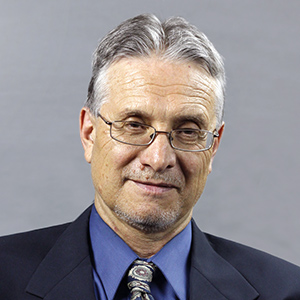Before the Aug. 5 hearings on the San Francisco-Oakland Bay Bridge, Sen. Mark DeSaulnier, D-Concord, told reporters he would request that Attorney General Kamala Harris conduct a criminal investigation about allegations that Caltrans bosses “gagged and banished” at least nine top bridge engineers, scientists and other experts on the project. But such an investigation remains unlikely.
The first call for a criminal probe emerged from geologist Michael Morgan, who testified in January that safety problems were kept secret, ignored and covered up.
Morgan sought out many state audit agencies but not a single one took action. So he took his story to the Sacramento Bee, which ran a series of investigative articles by Charles Piller raising safety concerns over welds, rods, bolts, concrete, corrosion and such.
When this came to the attention of Gov. Jerry Brown, he responded, “I mean, look, s--- happens.” The governor also called the Bee‘s reporting “journalistic malpractice.” DeSaulnier‘s hearings suggested the real malpractice took place in bridge construction.
In 2013, dozens of the long metal rods on the project snapped. Metallurgical engineer Lisa Thomas testified that this was due to hydrogen embrittlement, a problem Caltrans invited by opting to use Grade BD steel.
After Caltrans bridge engineer Douglas Coe raised concerns about defective welds, he was reassigned by Caltrans project manager Tony Anziano, a lawyer, not an engineer. Anziano denied telling anyone not to write anything down in order to avoid disclosure under state public records laws.
In the Aug. 5 hearing, Caltrans bosses referred to “disgruntled” Caltrans employees, doubtless a reference to Coe and Morgan. “There has been no concealment of issues,” said Tony Anziano, who claimed he only reassigned one person because “he could no longer be a member of the team.”
Fabrication manager Keith Devonport testified about flawed welds and “willfull blindness” on the part of Caltrans managers who were “looking for ways not to look at some of the issues.” Nathan Lindell, a former quality assurance manager, testified that Chinese welders slept through training sessions and that the project “was not built under the same rule book” as other California bridges.
The only speaker in the “public comment” portion of the Aug. 5 hearing was Patrick Lowry of Alta Vista Solutions, which handled oversight on work in China after another firm lost its contract. “The bridge is safe,” Lowry said, and there was “no debate about quality” and “no intent to silence critics.” Therefore, “Let‘s not denigrate the team that gave the people of California something extraordinary they will enjoy for generations.”
So all you California taxpayers and motorists, forget the $5 billion in cost overruns, the 10-year delay, and the lingering safety issues. Instead, just praise the Caltrans team.
Lowry‘s curtain line drew no objection from DeSaulnier, who had already told Caltrans bosses to stop saying “the bridge is safe” because he agreed that it was. And DeSaulnier had already tipped his hand that safety and accountability are not his only concerns.
Cost overruns and safety issues, he said, had eroded public confidence and made Californians “adverse to taxes.” The government needed these taxes, he said, for other “infrastructure” projects DeSaulnier claimed would promote economic growth.
After the August hearing the senator did not repeat his intention to refer matters to Attorney General Kamala Harris. She has shown little inclination to probe bureaucratic misconduct so a criminal investigation remains unlikely.
A stronger prospect, on the other hand, is another Bay Area earthquake. That will test the Caltrans contention that the new span is more than twice as safe as the old one.







